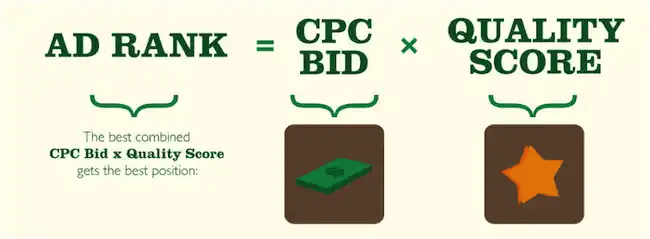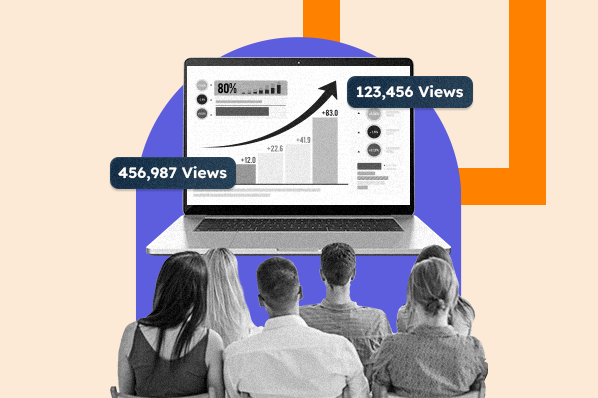In late October, Google quietly announced a change to its Ad Rank algorithm that represents a huge shift in the way it evaluates and ranks paid search ads.


What’s going on? Why would Google make this change? And how will it affect the typical small business advertiser? Let’s take a closer look.
What Is Ad Rank?
Ad Rank is the equivalent of the mysterious algorithm that ranks sites in Google’s organic search results. The difference between Ad Rank and that algorithm is that Ad Rank determines where ads appear in the sponsored results as well as how much the advertiser pays when someone clicks the ad.
The other key difference is that Google has always been completely upfront about how this is calculated. Up until this October, and for many years, this was the formula for Google Ad Rank:

Your Ad Rank was simply your max CPC bid (the most you were willing to pay per click) multiplied by your Quality Score. So, in order to improve your ad ranking, you needed to do one or both of the following:
- Raise your keyword bids -- Advertisers who are willing to pay more on a CPC basis have an advantage, but it comes at the expense of quality and relevance.
- Improve your Quality Score -- When you demonstrate more relevance to Google, the search engine rewards you with higher rankings for lower costs.
How Has Ad Rank Changed?
The Ad Rank formula now has three components instead of two: In addition to CPC bid and Quality Score, your Ad Rank takes into account “the expected impact from your ad extensions and formats.” In translation, this means the more fancy features and ad formats you use, the better your Ad Rank is going to be.
So, if you’re using the most basic, default ad types, you’re not necessarily going to be able to rank in the top spots, even if your Quality Score and bid are strong.
What Are Ad Extensions and Why Are They Important?
An ad extension is an option in AdWords that allows you to expand your ad with additional information and links back to your site. The most basic form of ad extension is the sitelink. Ads with sitelinks enabled look like this:

Those extra blue links at the bottom of the ad (“Request Info,” “Career Quiz,” etc.) are sitelinks. There are lots of other ad extensions too -- image extensions, location extensions, click-to-call extensions for mobile ads, and so on.
Google loves when advertisers use sitelinks and other ad extensions because they reliably increase clickthrough rate (CTR), and more clicks mean more money for Google. Higher CTRs are good for advertisers too, as they increase Quality Score, which in turn improves ad rankings and ROI.
What Does the Ad Rank Change Mean for You?
Well, first off, you should've been using ad extensions all along. They’re free to set up and one of the easiest ways to improve ad performance!
The problem for Google? Advertisers have been a little slow on the uptake, especially small and medium-sized businesses, which tend to have less time, budget, and PPC expertise.
With this change, Google is drawing a line in the sand. Its message? Use ad extensions or else! They’re not really an option anymore -- if you’re advertising on AdWords, you need to start using extensions ASAP. Otherwise, your competitors are going to take the top spots, and your PPC performance is going to suffer.
This is a guest post written by Larry Kim. Larry is the founder and CTO of WordStream, provider of the 20-Minute PPC Work Week and the AdWords Grader. You can follow him on Twitter and Google+.



![The Ultimate Guide to Google Ads [Examples]](https://blog.hubspot.com/hubfs/adwords-ppc_4.webp)






